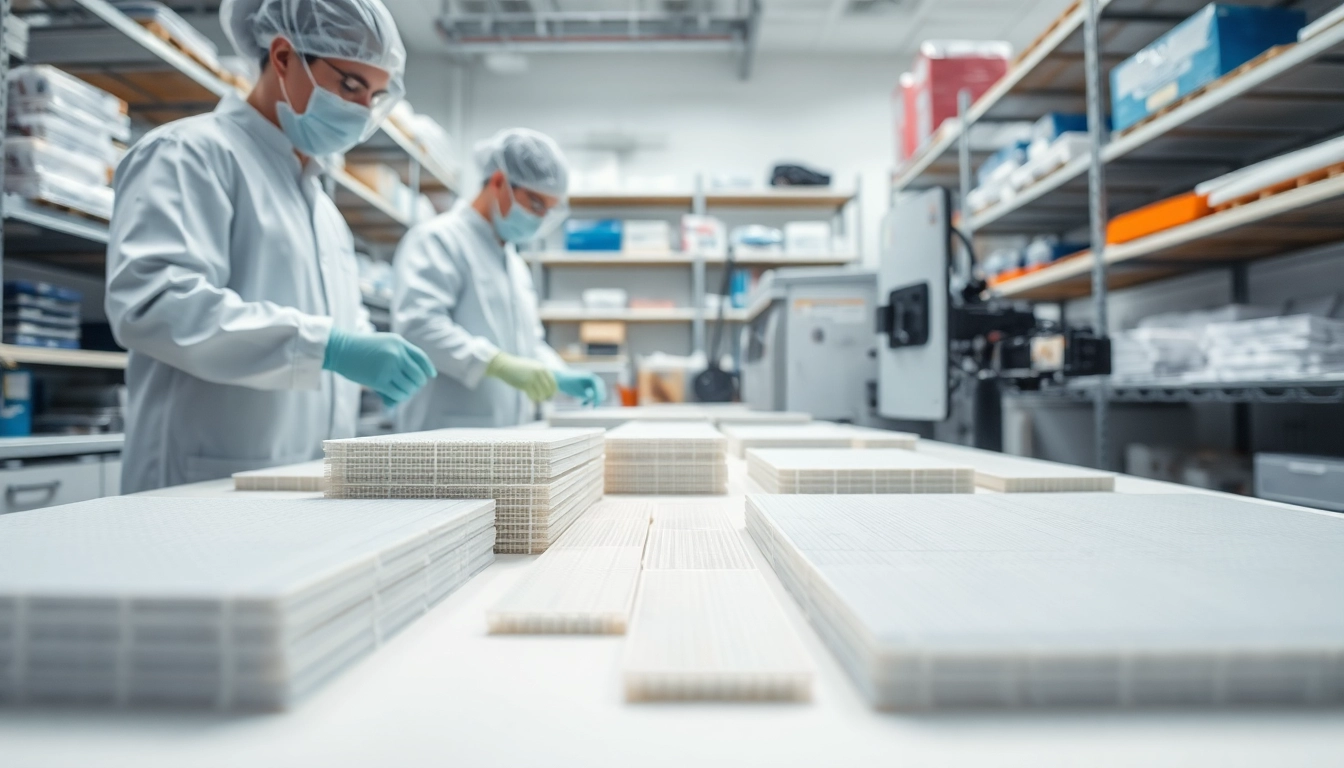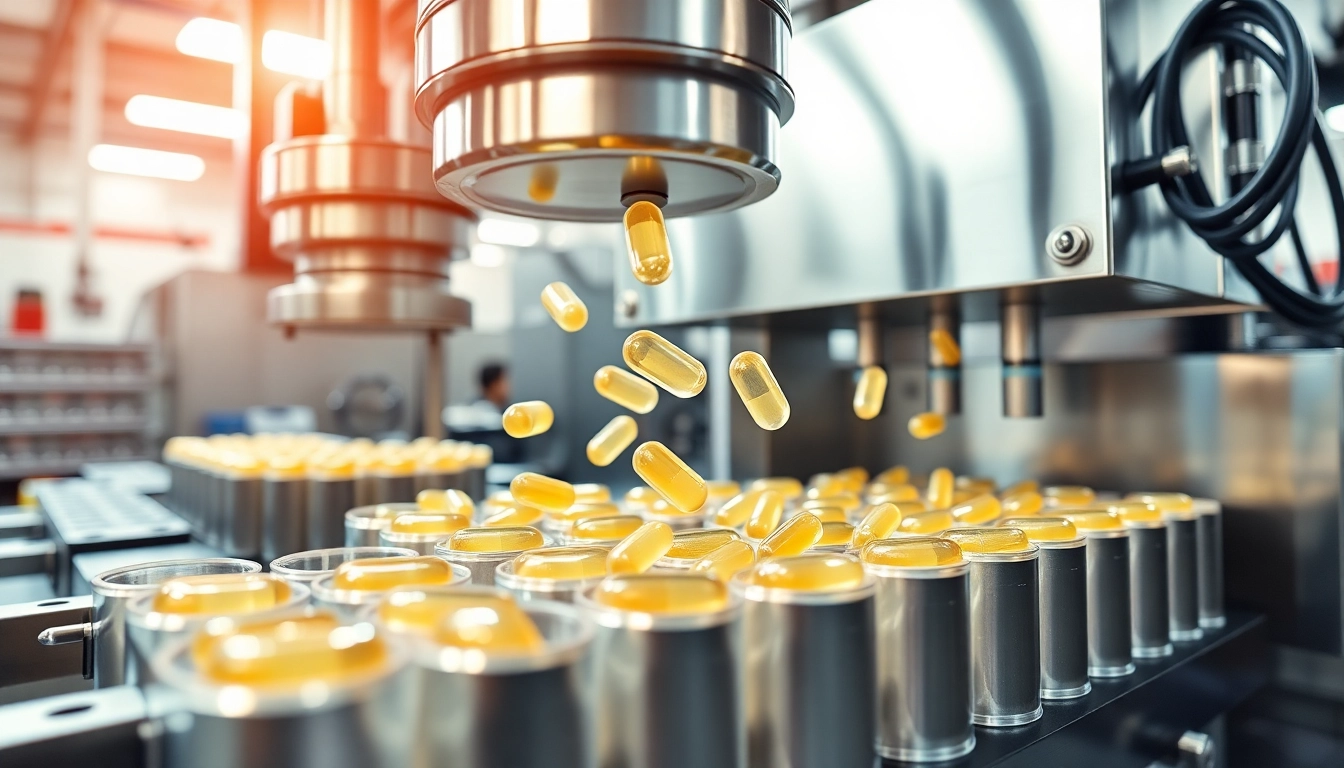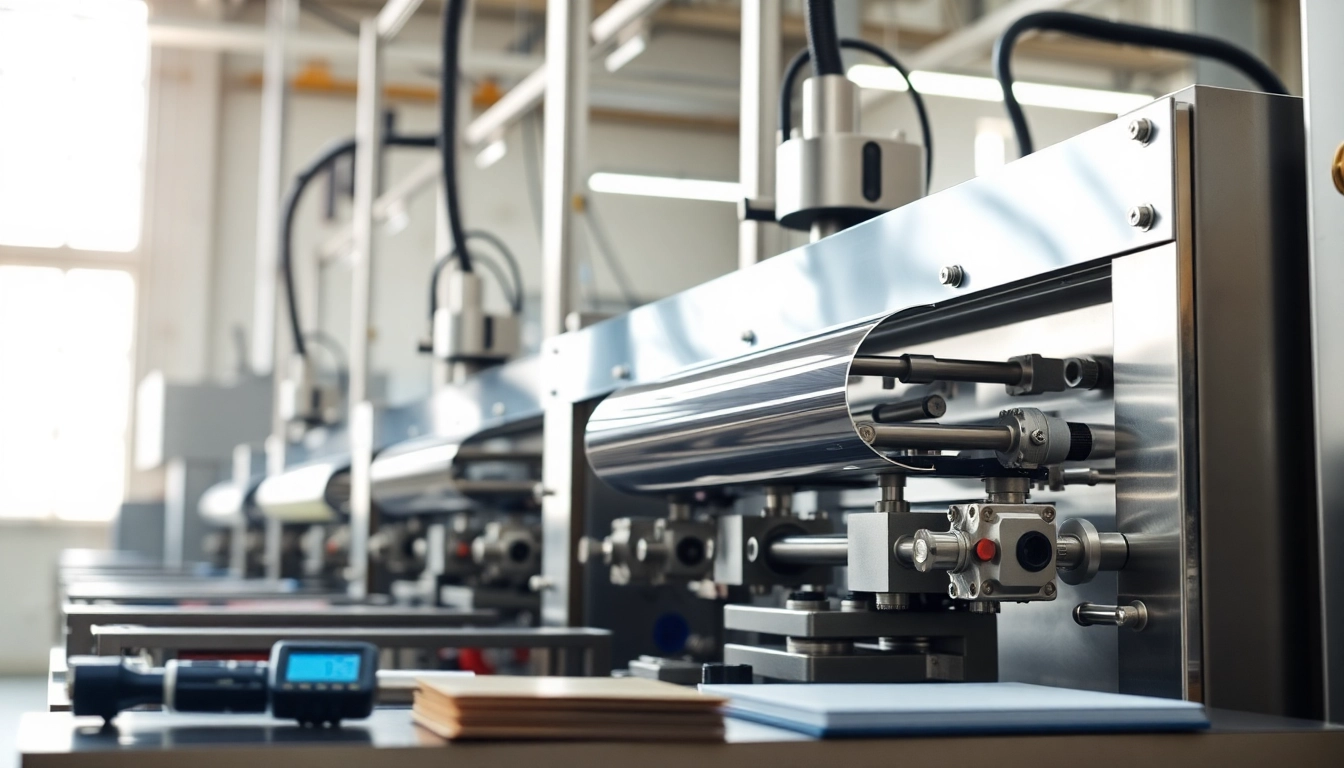Understanding Epoxy Prepregs: Applications, Benefits, and Best Practices
What Are Epoxy Prepregs?
Definition and Composition
Epoxy prepregs, short for pre-impregnated materials, are composite materials that combine a reinforcing fabric with a resin system—a critical component in modern manufacturing. This particular system uses epoxy resin that has already been partially cured to ensure optimal performance during the composite fabrication process. Essentially, the resin is impregnated into a fiber (such as carbon fiber, fiberglass, or aramid) before use, thus offering superior control over material properties and simplifying the manufacturing process.
The composite material is available in various forms and is typically used to create high-strength, lightweight structures. By carefully controlling the ratio of resin to fiber and selecting the appropriate type of epoxy, manufacturers can tailor the properties of epoxy prepregs to meet specific performance requirements in different applications.
For an in-depth exploration of these materials and their potential in advanced manufacturing, you may refer to this resource on epoxy prepregs.
Types of Epoxy Prepregs
Epoxy prepregs can be categorized into several types based on their fiber content and intended application. Here are the primary types:
- Carbon Fiber Prepregs: Known for their unmatched stiffness and strength-to-weight ratio, carbon fiber prepregs are widely used in aerospace, automotive, and sporting goods.
- Glass Fiber Prepregs: Offering good insulation properties and dielectric strength, glass fiber prepregs are more economical compared to carbon fiber options and are utilized extensively in electrical insulation and structural applications.
- Aramid Fiber Prepregs: With excellent impact resistance and durability, aramid fiber prepregs are used in applications requiring superior toughness, such as ballistic and protective gear.
- Hybrid Prepregs: These materials combine two or more types of fiber, offering a balance of properties for specific needs, thus enhancing flexibility in design and manufacturing.
Manufacturing Processes
The manufacturing of epoxy prepregs involves several critical steps, each contributing to the material’s final performance. The common processes include:
- Impregnation: This process involves saturating the fiber with the epoxy resin using methods like dip coating or film infusion. The goal is to achieve a uniform distribution of resin that aligns with the intended application.
- Curing: Prepregs are typically cured at elevated temperatures (commonly ranging from 120°C to 180°C), which hardens the epoxy, completely transforming it into a solid composite material.
- Cutting and Shaping: Once cured, the prepregs can be cut into specific shapes required for different applications, ensuring that the dimensions meet exact engineering specifications for end products.
- Storage and Handling: Due to the sensitive nature of epoxy prepregs, particularly their outlife (the duration they can remain useful before curing initiates), proper storage in refrigerated conditions is essential. This will maintain the properties of the prepregs until they are utilized in processes such as autoclave curing.
Applications of Epoxy Prepregs
Aerospace and Defense
In the aerospace and defense sectors, epoxy prepregs are invaluable due to their high strength, lightweight nature, and superior thermal stability. Components made from epoxy prepregs are used in various applications, including aircraft wings, fuselages, and structural components, besides satisfying stringent regulatory requirements for safety and performance. The capabilities of epoxy prepregs allow them to withstand extreme conditions, such as high-speed maneuvers and altitude variations, making them particularly ideal for aviation applications.
Automotive Industry
The automotive industry has also seen a rise in the use of epoxy prepregs, particularly in the fabrication of high-performance vehicles. These materials are employed to create lightweight body panels, structural parts, and interior components. By optimally utilizing epoxy prepregs, manufacturers can significantly reduce vehicle weight, which in turn enhances fuel efficiency and overall performance. With advancements in electric and hybrid vehicle technologies, the demand for these lightweight materials has further increased, as reducing weight is critical for improving battery range and efficiency.
Sporting Goods Manufacturing
In sporting goods, epoxy prepregs are utilized to manufacture strong yet lightweight equipment such as bicycles, tennis rackets, and canoe bodies. The ability to fabricate customized shapes and structures offers manufacturers an edge to produce high-performance goods tailored to professional athletes’ needs and preferences. The consistent quality and enhanced durability of these products contribute significantly to performance in competitive sports.
Benefits of Using Epoxy Prepregs
Enhanced Strength and Durability
One of the most significant advantages of epoxy prepregs is their exceptional strength-to-weight ratio. This property allows for the construction of lightweight components without compromising durability, making them a preferred material in high-performance applications. The process of using epoxy prepregs ensures that the fibers are thoroughly saturated, providing enhanced mechanical properties and resistance to environmental factors like moisture and temperature changes.
Weight Reduction Opportunities
In a world increasingly focused on sustainability and efficiency, using epoxy prepregs contributes to weight reduction across multiple industries. The lightweight nature of epoxy prepregs enables manufacturers to produce components that are not only easier to handle but also require less energy to transport. In both automotive and aerospace applications, this translates to lower fuel consumption and emissions.
Improved Processing Efficiency
Epoxy prepregs offer improved processing efficiency compared to traditional composite fabrication methods. The ability to prepare materials upfront and cure them at a later stage allows manufacturers to optimize their production schedules. Additionally, with controlled processing parameters, reduction in waste materials can therefore be achieved, resulting in a more sustainable production cycle.
Challenges in Working with Epoxy Prepregs
Storage and Handling Requirements
The storage and handling of epoxy prepregs can be challenging due to their sensitivity to temperature and humidity. Manufacturers must implement specific protocols to maintain the outlife of the prepregs, often requiring storage at low temperatures to prevent premature curing. Moreover, careful handling is necessary to avoid damage or contamination of the materials prior to use.
Curing Process Considerations
The curing process is critically important for the performance of epoxy prepregs. Incomplete curing can lead to suboptimal physical properties and compromised structural integrity. Consequently, manufacturers must closely monitor curing temperatures and times, often requiring precise control and equipment to achieve the desired final properties of the composite material.
Cost Implications
Although epoxy prepregs offer numerous advantages, the initial cost of these materials can be higher compared to traditional composites. Manufacturers must weigh the long-term benefits, such as durability and performance efficiencies, against the upfront investment. Additionally, cost-effective strategies must be implemented to optimize the use of materials without sacrificing quality.
Best Practices for Implementing Epoxy Prepregs
Quality Control Measures
Implementing comprehensive quality control measures is vital when working with epoxy prepregs. Quality assurance protocols should include regular checks of the prepreg materials, monitoring of curing conditions, and verification of the final properties of the composite products. By ensuring adherence to precise specifications and standards, manufacturers can maximize the performance of their products.
Maintenance of Equipment
The equipment used in the application and curing of epoxy prepregs must be regularly maintained to achieve optimal results. Cleaning, calibration, and inspection of machinery will ensure that materials are processed efficiently and correctly, thereby enhancing the overall quality of the final product. Investing in state-of-the-art equipment can pay dividends in improved processing capabilities and final outcomes.
Training for End-users
Training end-users in the correct handling and application of epoxy prepregs is essential for maximizing their effectiveness. Personnel should be knowledgeable about storage requirements, processing methods, safety protocols, and troubleshooting issues that may arise during manufacturing. Providing comprehensive training programs can significantly mitigate challenges and improve the overall success rate in utilizing epoxy prepregs.














Post Comment